17 days 16 nights
Daily Tour
1 person
English
About this tour
Is it safe for new trekkers?
Highlights
- Gokyo Lakes: Series of stunning turquoise lakes nestled amidst Himalayan peaks.
- Cho La Pass: Challenging but rewarding pass at 5,420 meters (17,782 feet) offering panoramic views.
- Unique Scenery: Diverse landscapes from serene lakes to rugged terrain and glaciers.
- Less Crowded: Compared to the classic EBC route, offering a quieter trekking experience.
- Different Everest View: Provides alternative angles and perspectives of Everest and neighboring peaks.
- Serene Gokyo Valley: Exploration through a less-traveled, picturesque valley.
- High Altitude Adventure: Experience the thrill and challenge of trekking at high altitudes.
- Cultural Encounters: Interactions with Sherpa communities and their unique way of life.
Included/Excluded
- Airport Pick up and Drop by Private Car upon arrival and departure
- Hotel Accomodation (Shared Room for Minimum 2 Pax and Single Room for Private Trip) in Kathmandu & in Tea Houses as per Itinerary
- All clean Standard Teahouses (Shared Room for Minimum 2 Pax and Single Room for Private Trip) in Lukla, Phakding, Namchebazzar, Tengboche, Dingboche, Lobuche, Gorakshep as per Package booked
- Overland transport from Kathmandu to Ramechap (both ways)
- Flight Ticket from Ramechap to Lukla (both ways)
- Meals 3 x a day as per mentioned in Itinerary
- Company Duffle Bag to lend for trekking
- Sleeping Bag to lend for trekking
- Seasonal Fruits during trekking
- Professional Experienced Licensed English Speaking Guide
- Porter (1 Porter for 2 People with maximum luggage 25 kgs)
- Sagarmatha National Park Trekking Permit & Government Tax
- Nepal Visa Online Application Service
- Emergency Evacuation Management / Service by Horse or Helicopter
- Farewell Dinner before Departure
- Official Trekking Certificate from our Company
- Flight ticket to Nepal & Travel Insurance
- Tourist Visa On Arrival Fee --> 15 Days = USD 30, 30 Days = USD 50
- Tips for Guide & Porter
- Extra Accommodation which is caused by your early arrival or late departure other than the trek date, and if you are back to Kathmandu early from the trek due to any problem or rescue (other personal reasons).
- Extra Airport transfer cost if you have to return back from Kathmandu/Ramechap airport to hotel again and again go to Lukla airport because of weather problem (flight cancellation).
- Horse Rent / Helicopter Cost/Expenses for Emergency Evacuation or Personal Request
- Personal Expenses for trekking such as mountain gear or equipments, shopping, wifi/nepal simcard, phone/battery charge, hot water/shower, extra personal meals, drinks (mineral water), snacks, laundry etc
- Other Personal Expenses which are not included in the above facilities.
Itinerary
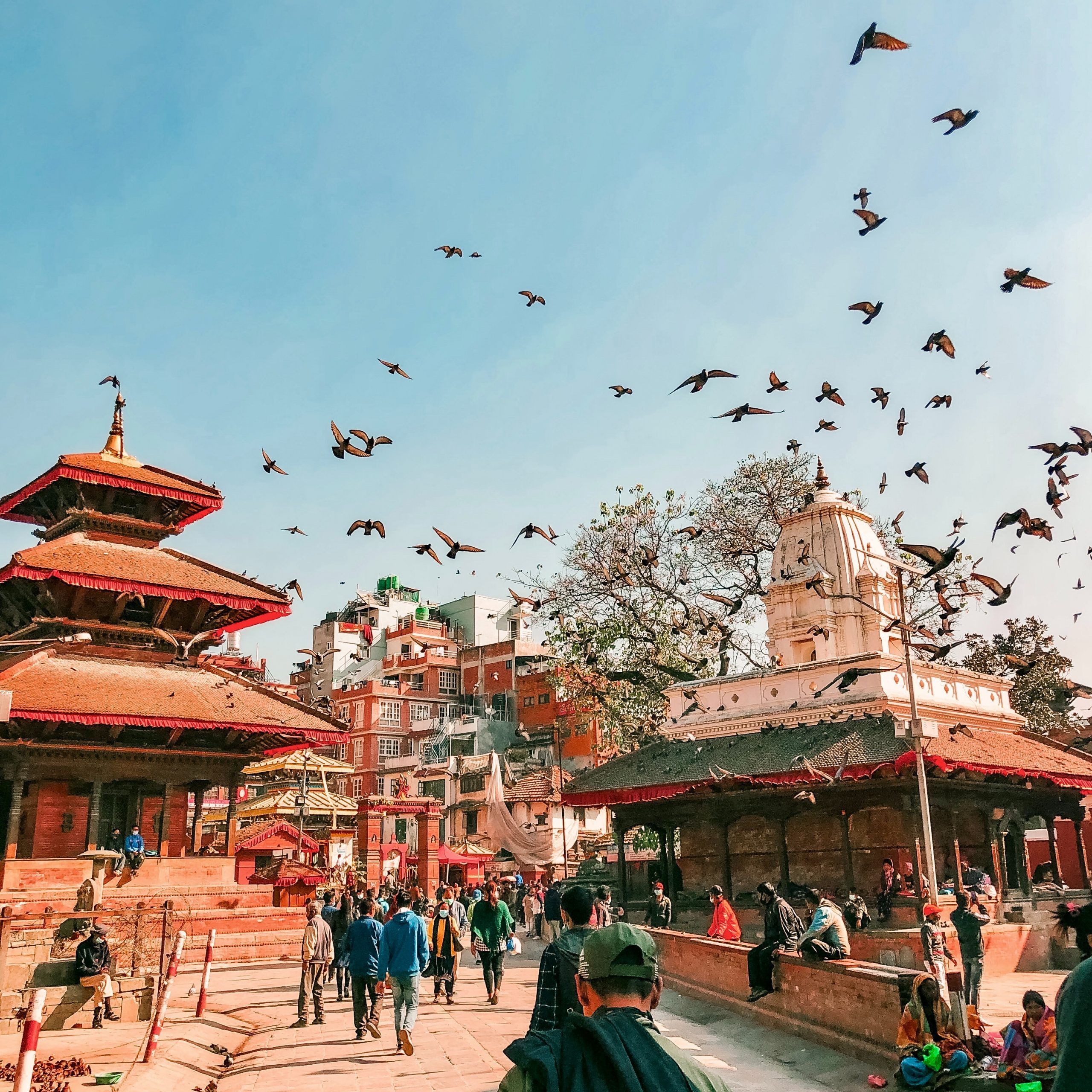
Upon arriving at Tribhuvan International Airport in Kathmandu (1,400 m), you'll be transferred to your hotel for an overnight stay.
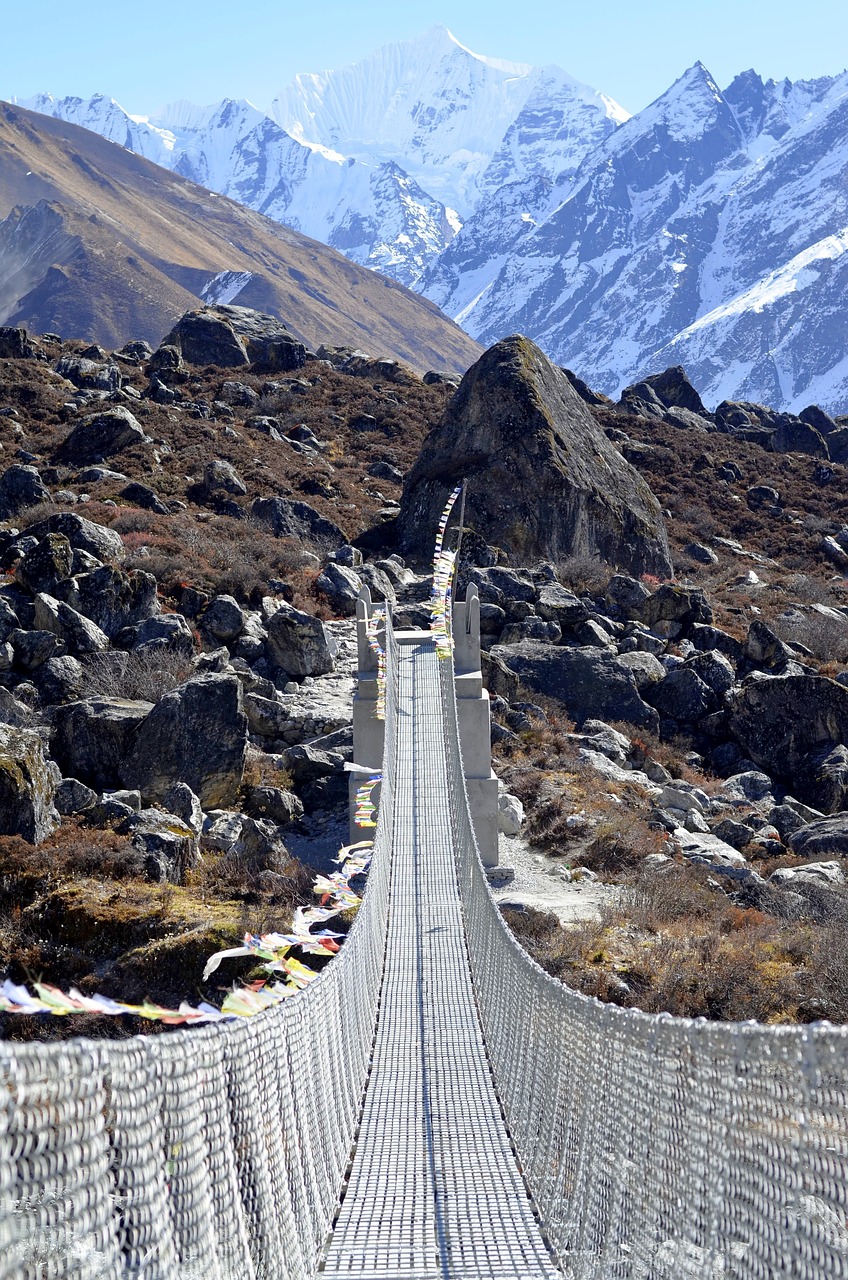
Option 1: A 35-minute flight from Kathmandu to Lukla (2,840 m) followed by a 3 to 4-hour trek to Phakding (2,610 m). Option 2: A 5 to 6-hour drive to Manthali/Ramechhap (475 m), a 20-minute flight to Lukla, then the trek to Phakding.
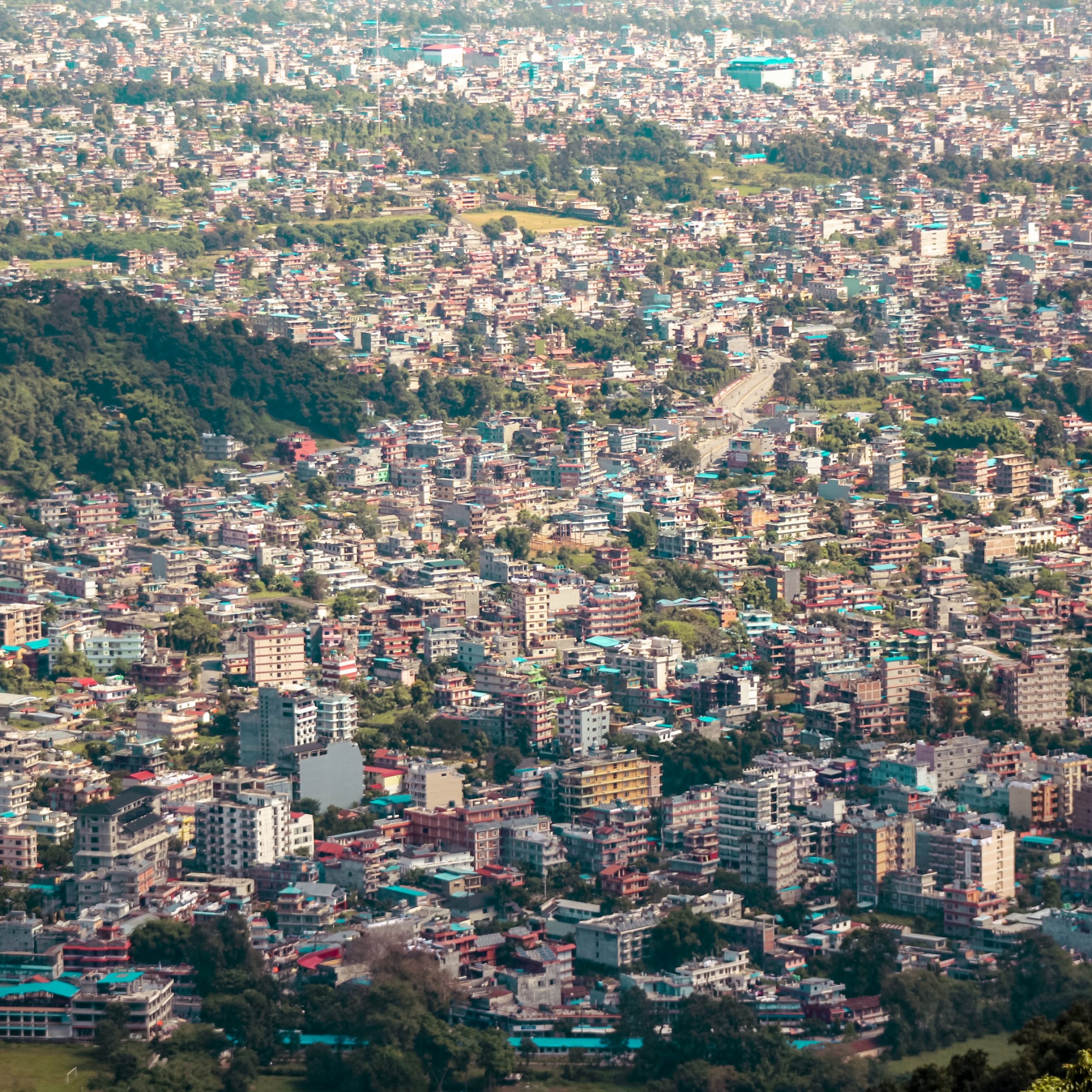
A 5 to 6-hour trek from Phakding to Namche Bazaar (3,440 m), a vibrant Sherpa town, for an overnight stay.
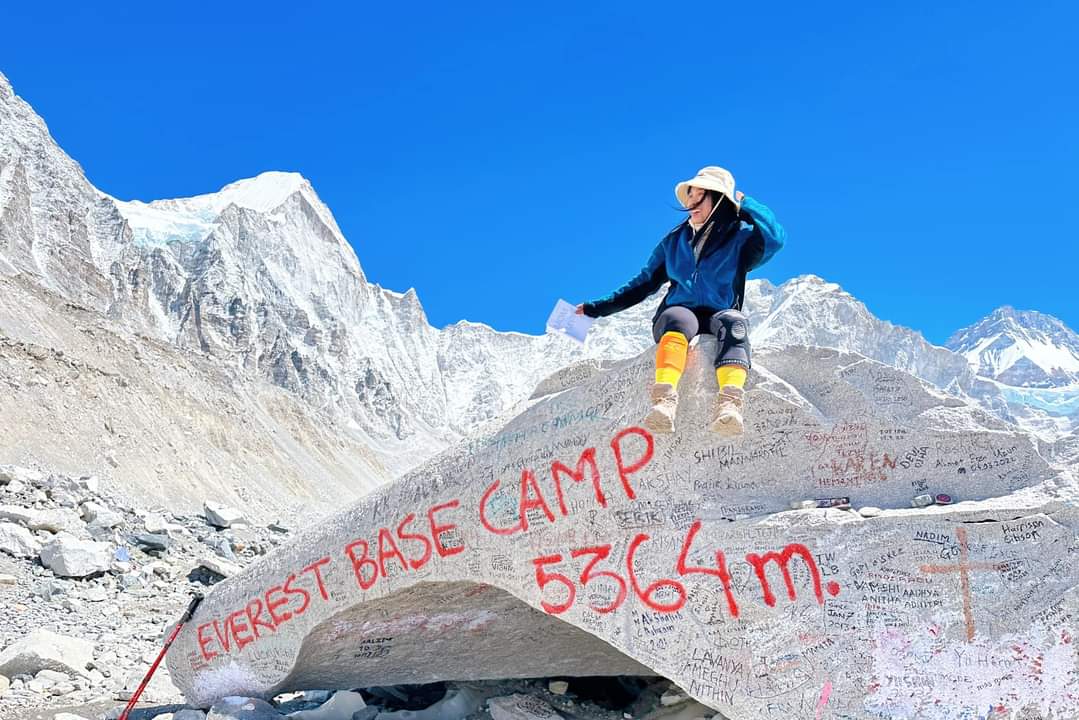
Explore and acclimate at Namche (3,440 m). Take a hike to Hotel Everest View (3,880 m) and return for an overnight stay.
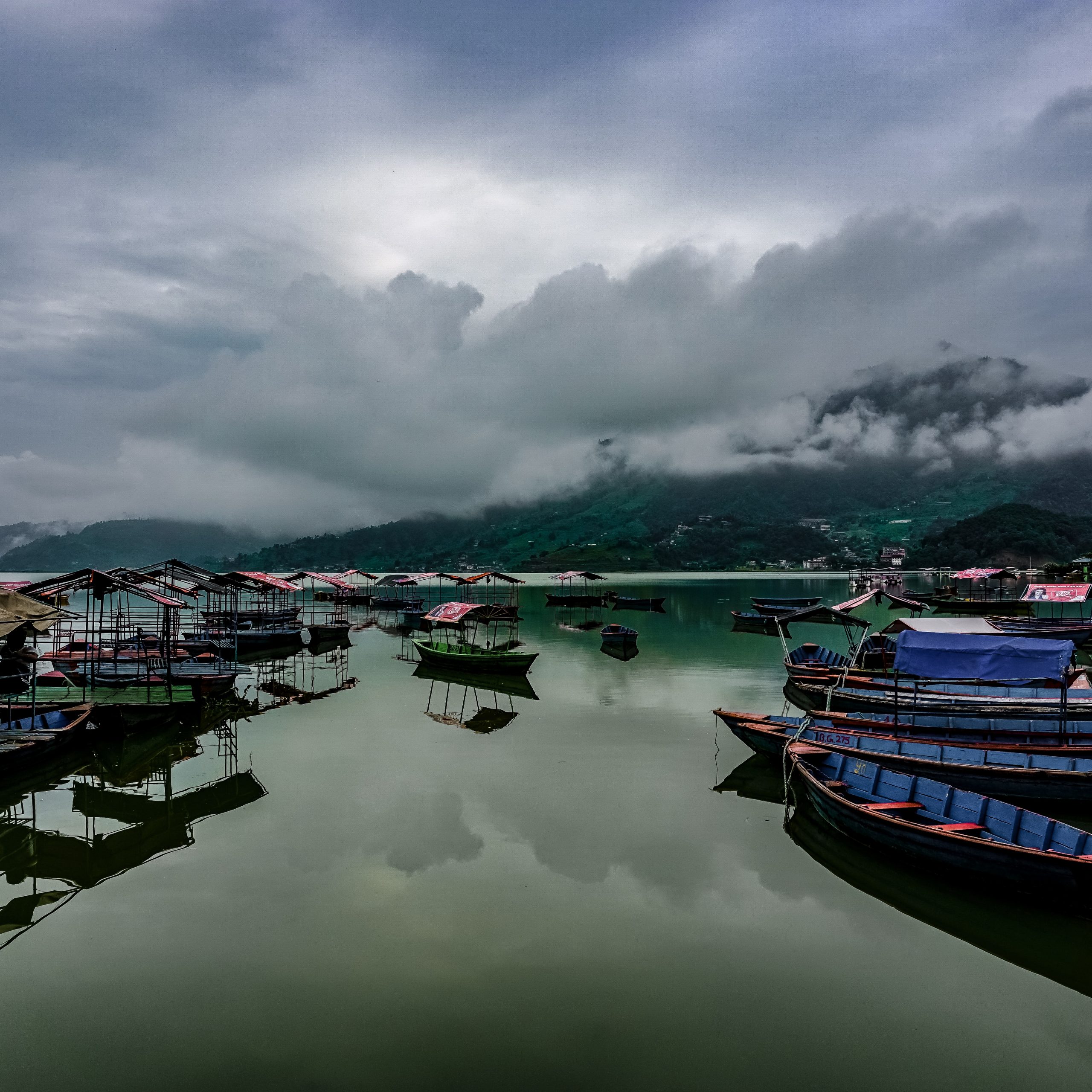
Trek for 5 to 6 hours from Namche to Phorste Thanga (3,680 m). Overnight stay at a guesthouse.
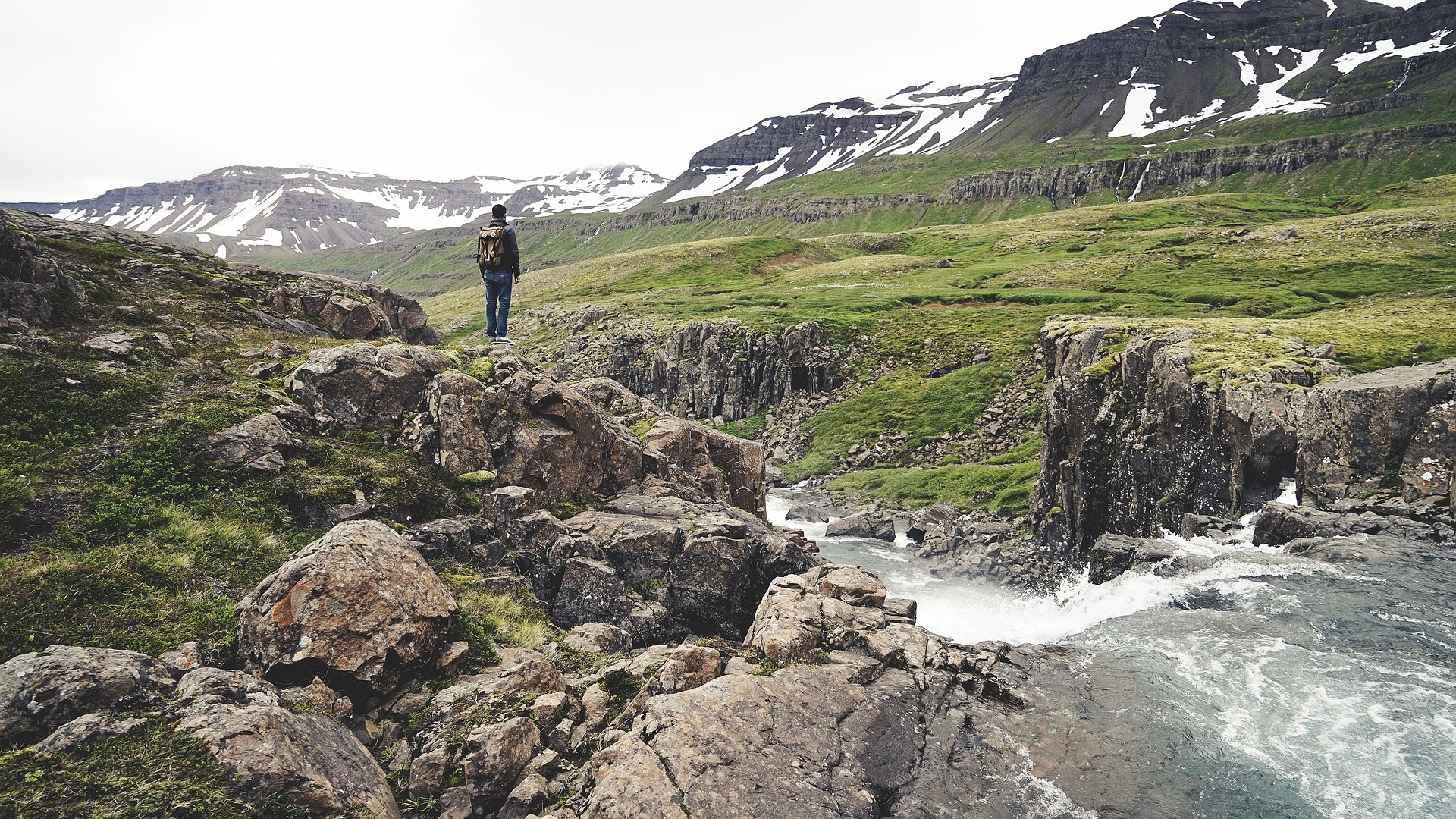
Continue the trek for 5 to 6 hours from Phorste Thanga to Machherma (4,470 m). Overnight at a guesthouse.
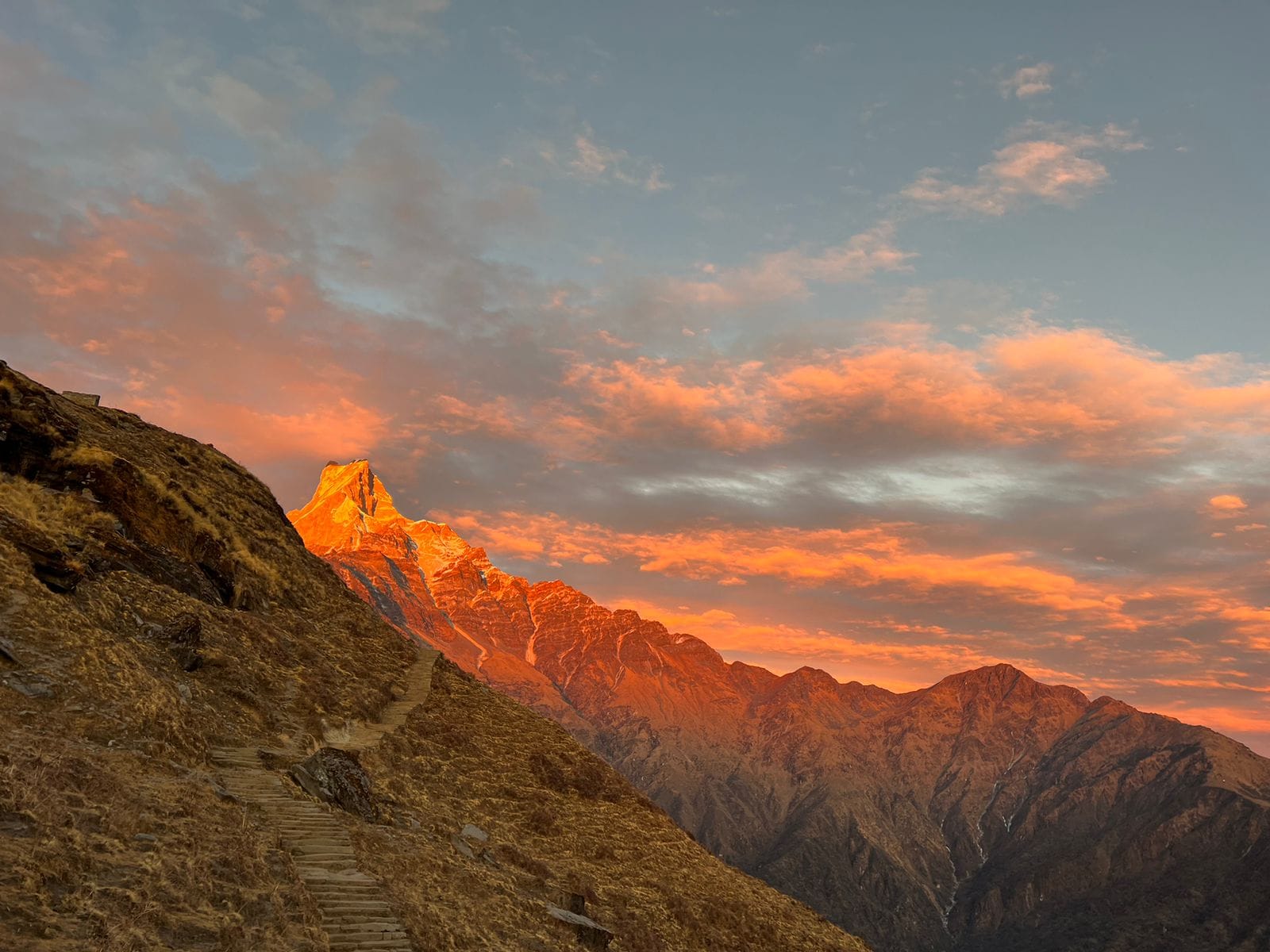
Trek for 5 to 6 hours from Machherma to Gokyo (4,800 m) and stay overnight at a guesthouse.
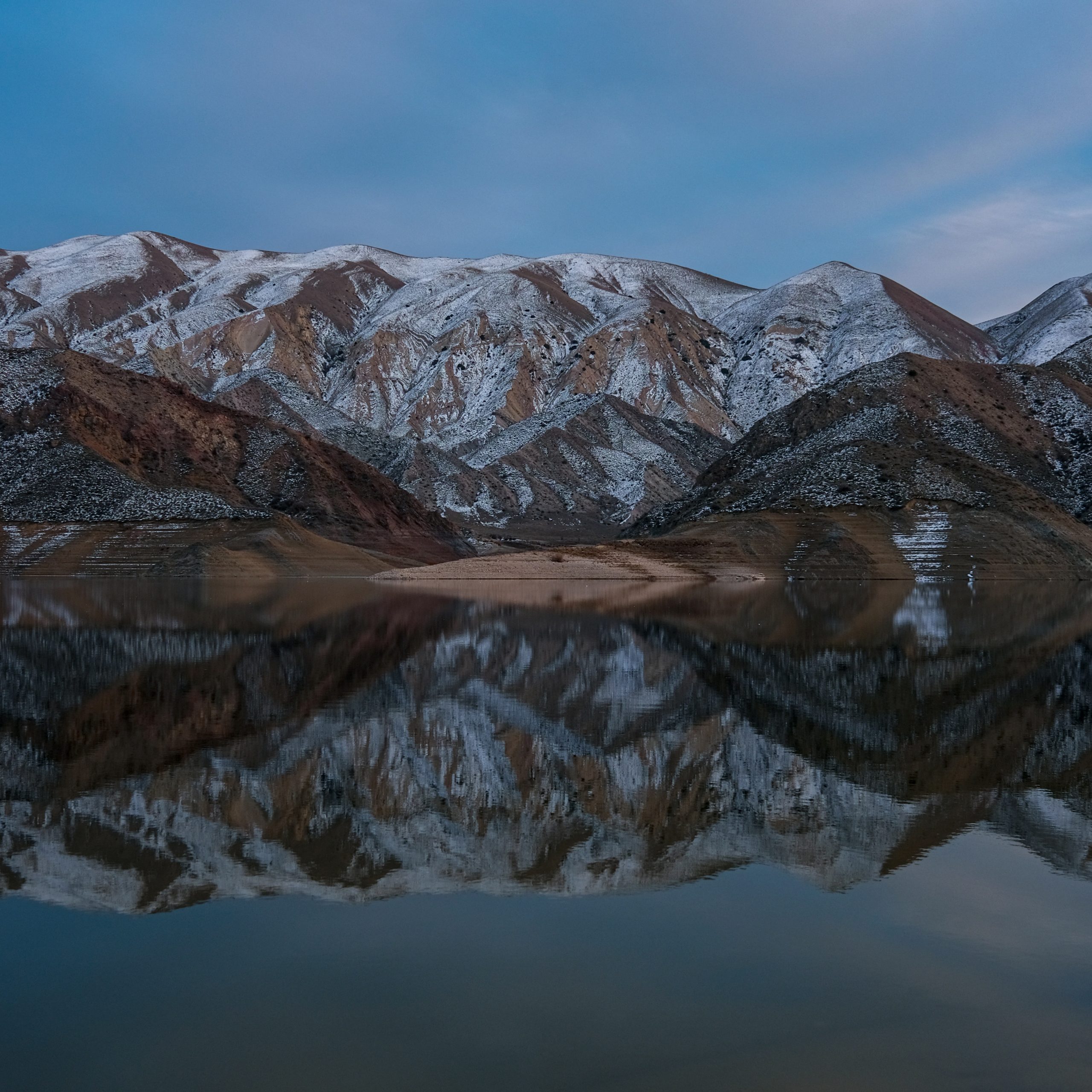
A 5 to 6-hour trek to Gokyo Ri (5,483 m) and return to Gokyo for an overnight stay.
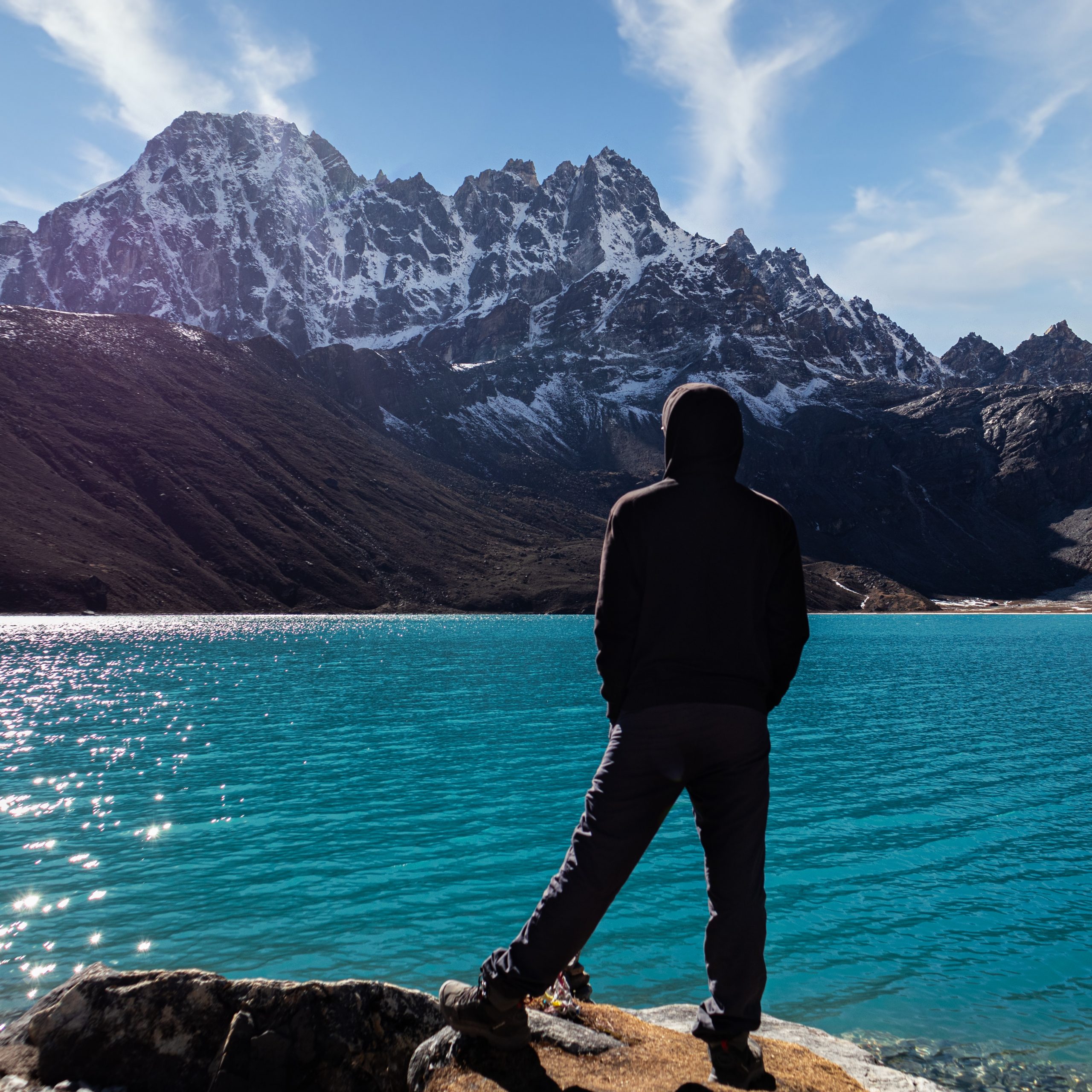
Trek for 4 to 5 hours from Gokyo to Thangna (4,500 m) and spend the night at a guesthouse.
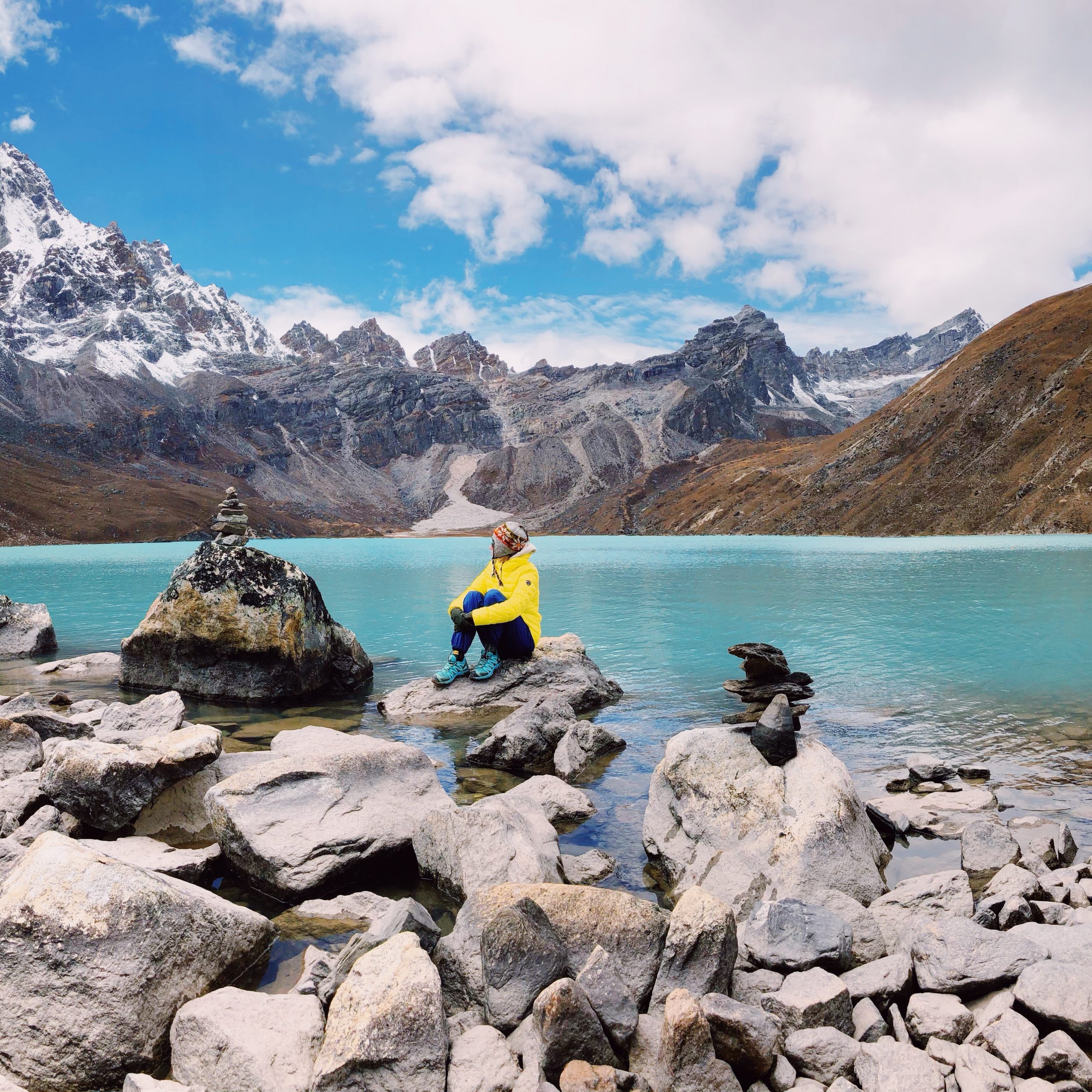
A challenging 7 to 8-hour trek from Thangna, crossing Cho La Pass (5,368 m), and reaching Dzongla (4,710 m) for an overnight stay.
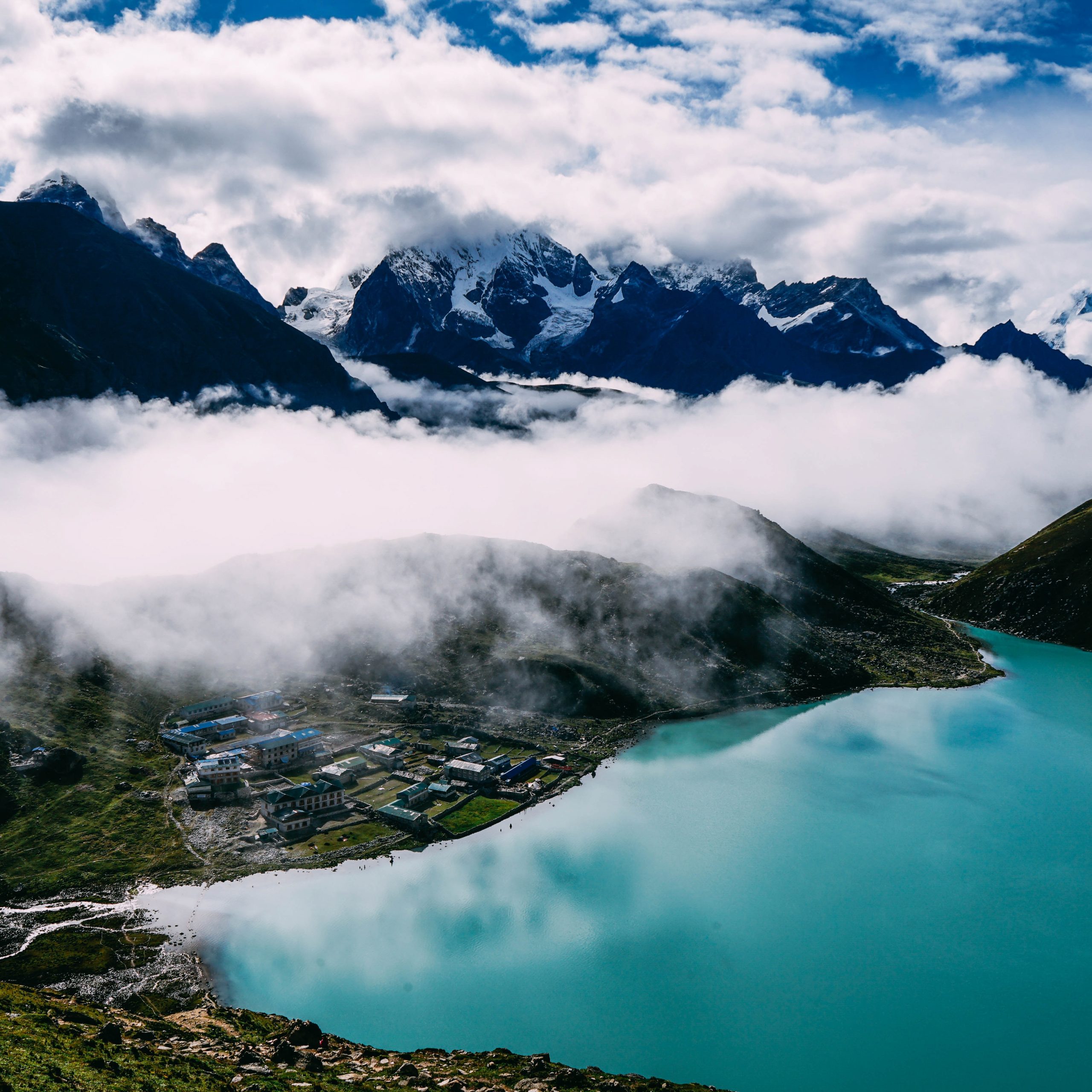
Trek for 4 to 5 hours from Dzongla to Lobuche (4,910 m) and spend the night at a guesthouse.
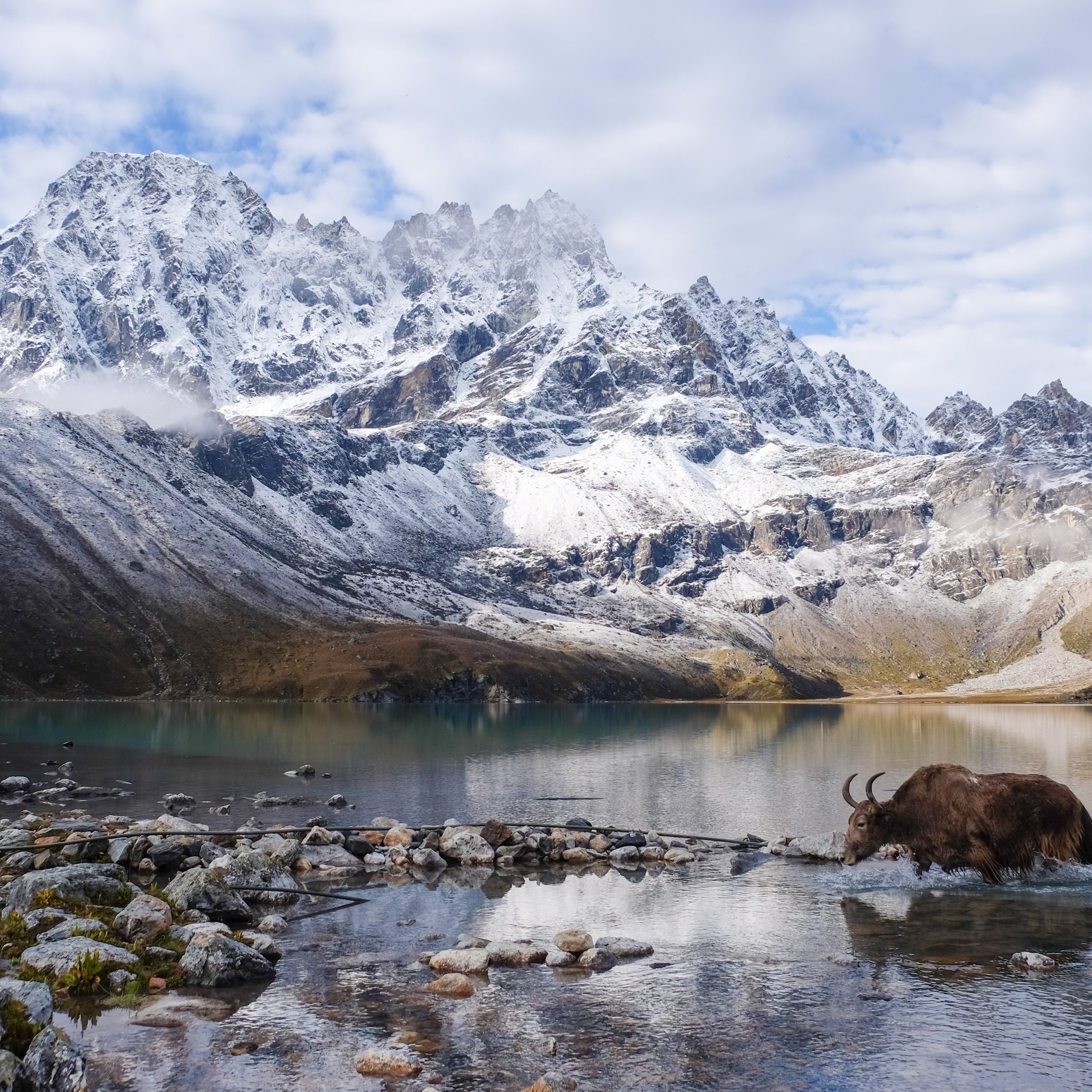
A 7 to 8-hour trek to Everest Base Camp (5,364 m) followed by a return to Gorak Shep (5,164 m) for an overnight stay.

An early morning hike to Kala Patthar (5,555 m) and then a descent to Pheriche (4,240 m) for 7 to 8 hours of trekking and an overnight stay.
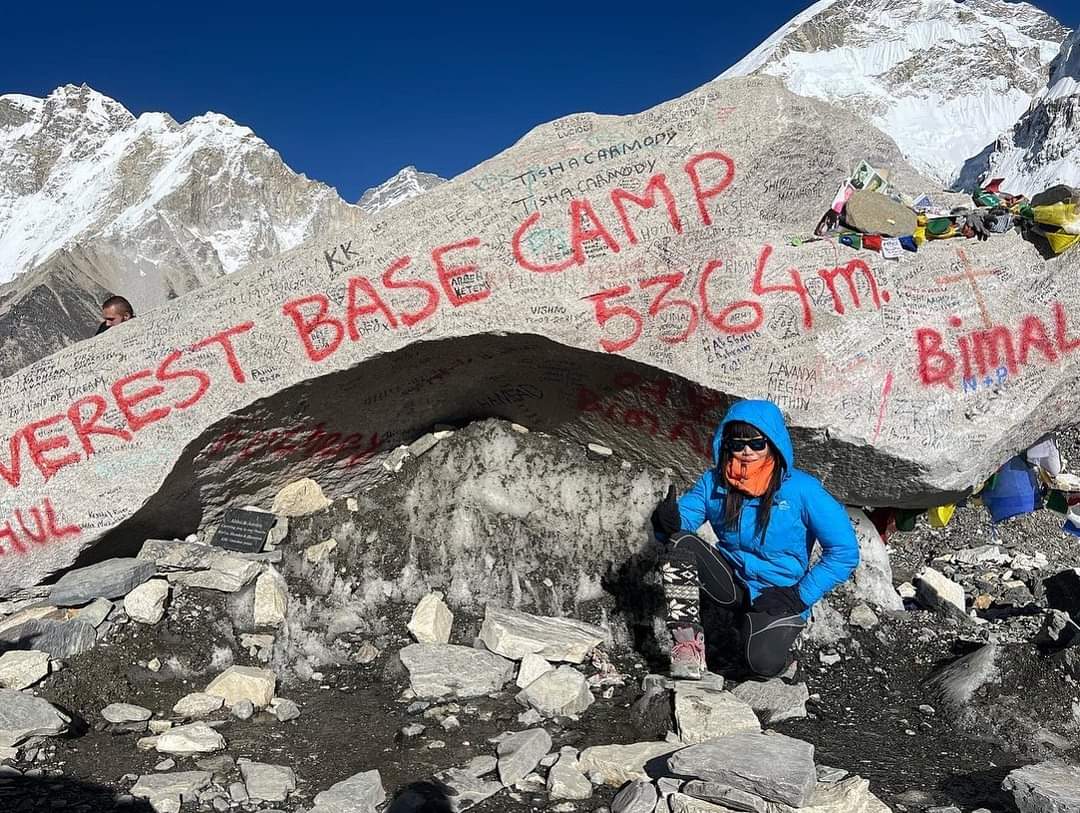
Trek for 6 to 7 hours from Pheriche to Namche Bazaar (3,440 m) for an overnight stay.
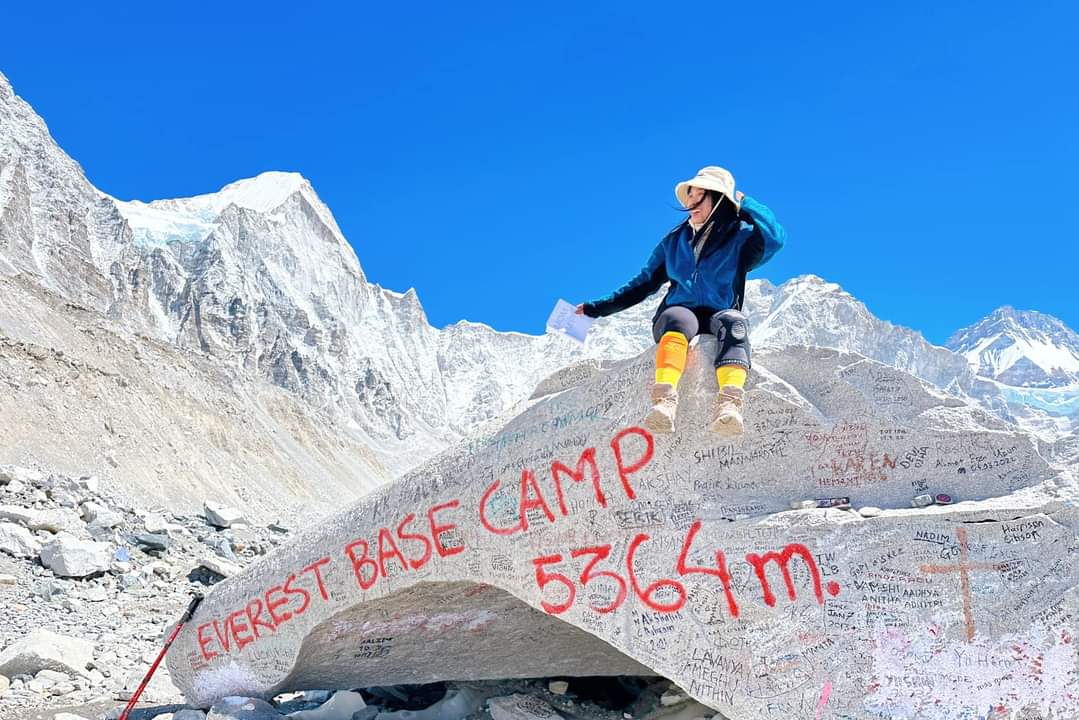
Another 6 to 7-hour trek from Namche Bazaar to Lukla (2,840 m) for an overnight stay.
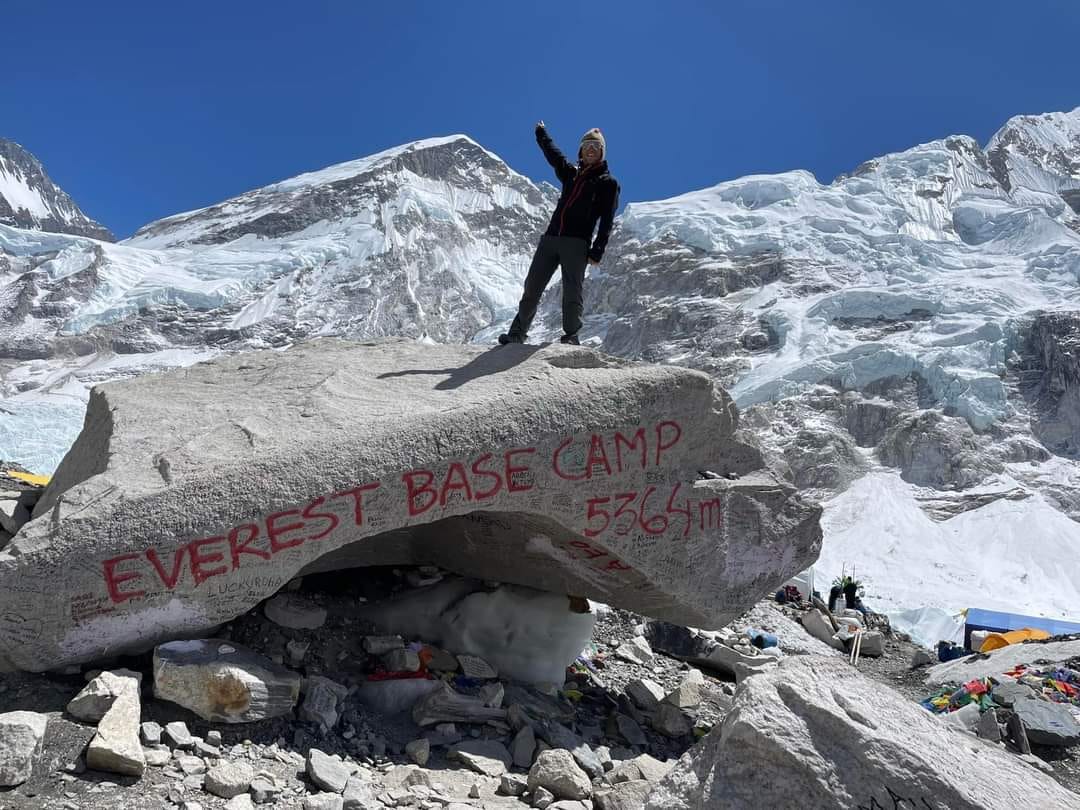
Flight back to Kathmandu or Manthali/Ramechhap followed by a 5 to 6-hour drive to Kathmandu for an overnight stay at a hotel.

Transfer to Tribhuvan International Airport for your final departure.
Durations
Languages
Frequently asked questions
The Gokyo Lakes trek stands out due to its breathtaking glacial lakes, notably the series of turquoise Gokyo Lakes, each reflecting the surrounding Himalayan peaks. This route diverges from the classic path, leading trekkers through the less-traveled but equally stunning Gokyo Valley. The trek involves crossing Cho La Pass, a challenging yet rewarding segment that showcases panoramic views and offers a different angle to admire Everest and neighboring peaks. This less-crowded route provides a sense of serenity and a chance to explore the beauty of the Gokyo region, which differs significantly from the bustling classic EBC trail.
One of the significant challenges is the altitude gain and the crossing of Cho La Pass at approximately 5,420 meters (17,782 feet). This pass can be physically demanding, requiring stamina and some scrambling over rocky terrain. The altitude itself poses a risk of altitude sickness, emphasizing the importance of proper acclimatization and physical preparedness. Additionally, the Gokyo route might have fewer teahouses and amenities compared to the classic EBC trail, making logistics and accommodations a bit more challenging.
Both treks offer incredible Himalayan panoramas, but the perspectives and landscapes vary. The Gokyo Lakes route showcase the stunning turquoise lakes, surrounded by snow-capped peaks, presenting a picturesque and serene setting. The trek through Gokyo Valley provides a different angle to view Everest and nearby mountains. On the other hand, the classic EBC trek offers more of the traditional Everest view and encounters with iconic landmarks like Tengboche Monastery, as well as the dramatic Khumbu Glacier leading to Everest Base Camp.
A good level of physical fitness is essential for both treks due to the high altitude and long trekking days. However, the Gokyo Lakes route may demand slightly more experience and stamina due to the Cho La Pass crossing. Previous trekking experience at high altitudes and familiarity with rugged terrain could be beneficial. It's crucial to prepare with cardiovascular exercises and trekking practice, gradually increasing endurance to manage the altitude gain and long trekking days effectively.
For first-time trekkers, the classic EBC trek might be more suitable due to its more established infrastructure, availability of amenities, and a well-trodden path. The familiarity of the route and the presence of more fellow trekkers can provide a sense of security and reassurance. However, with proper guidance and preparation, including a knowledgeable guide and adequate acclimatization, first-time trekkers can also enjoy the Gokyo Lakes route, albeit with an acknowledgment of its added challenges.
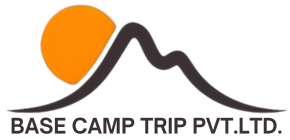
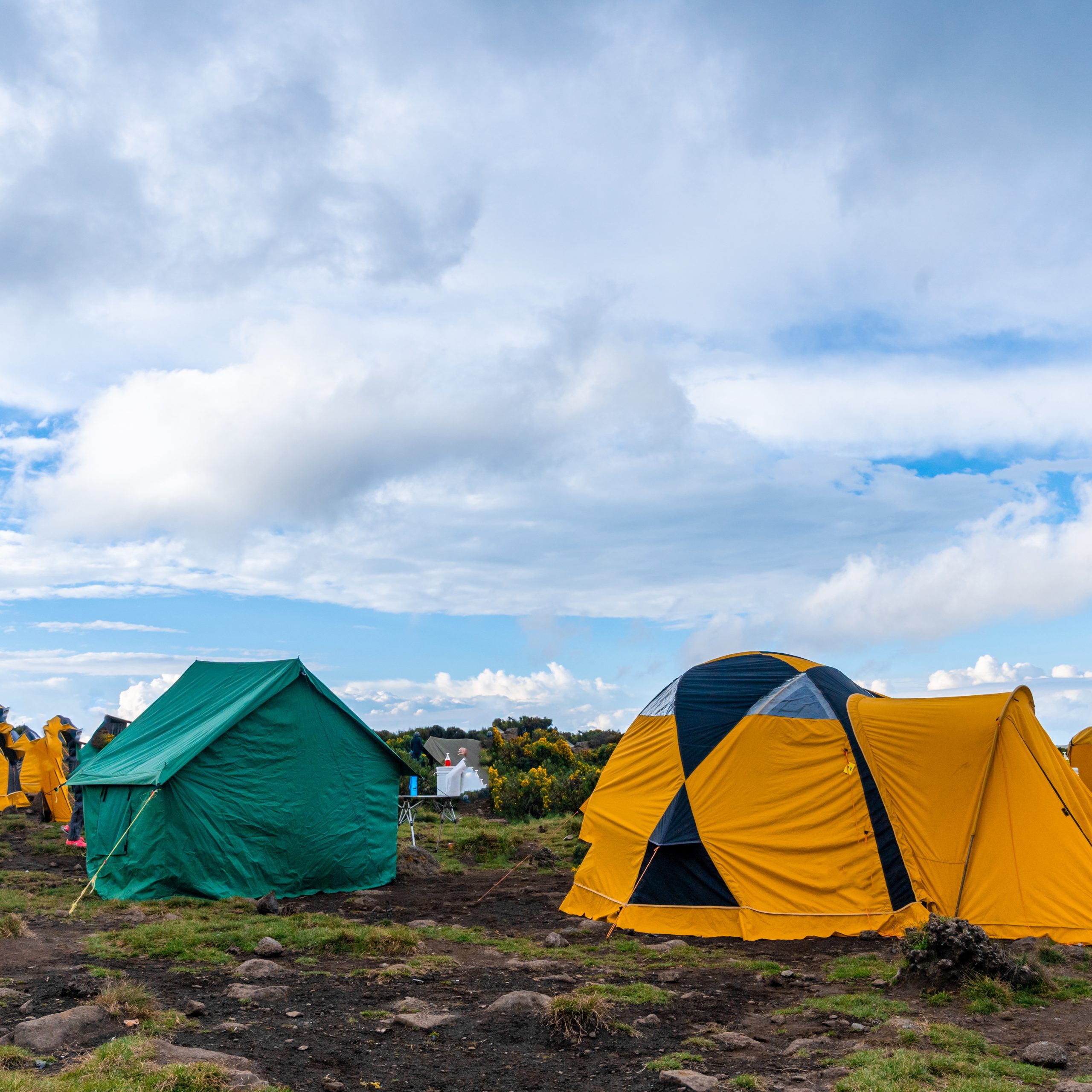

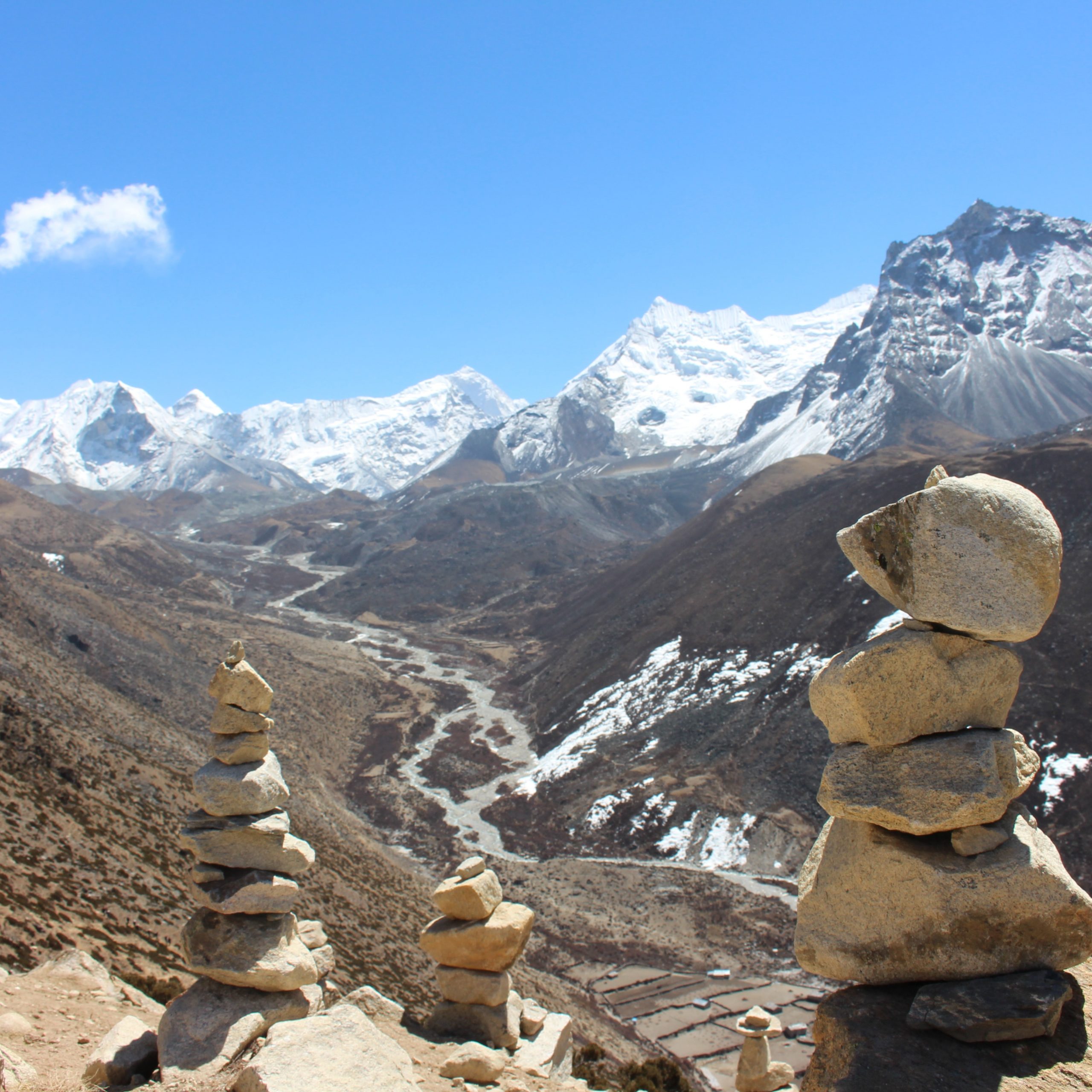
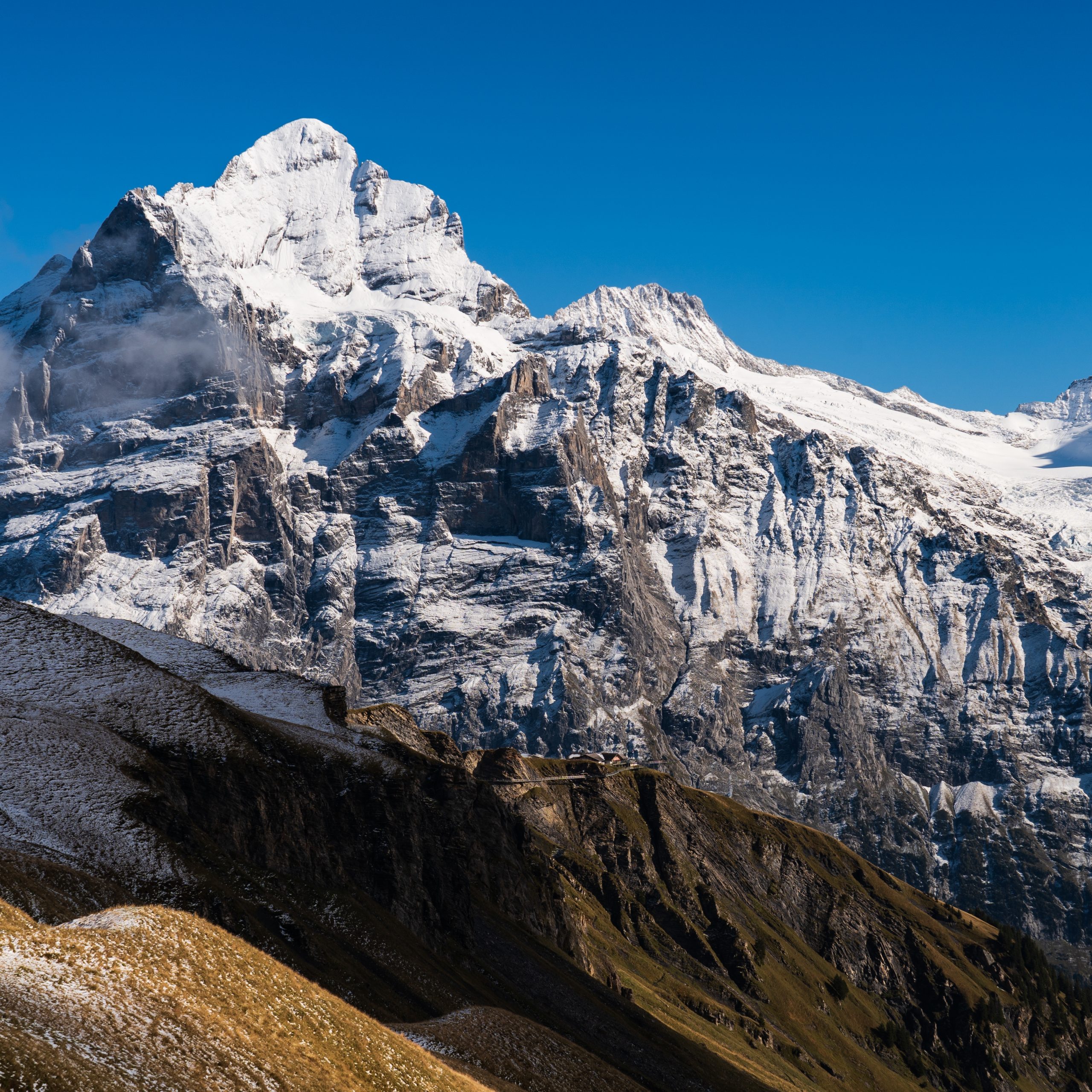
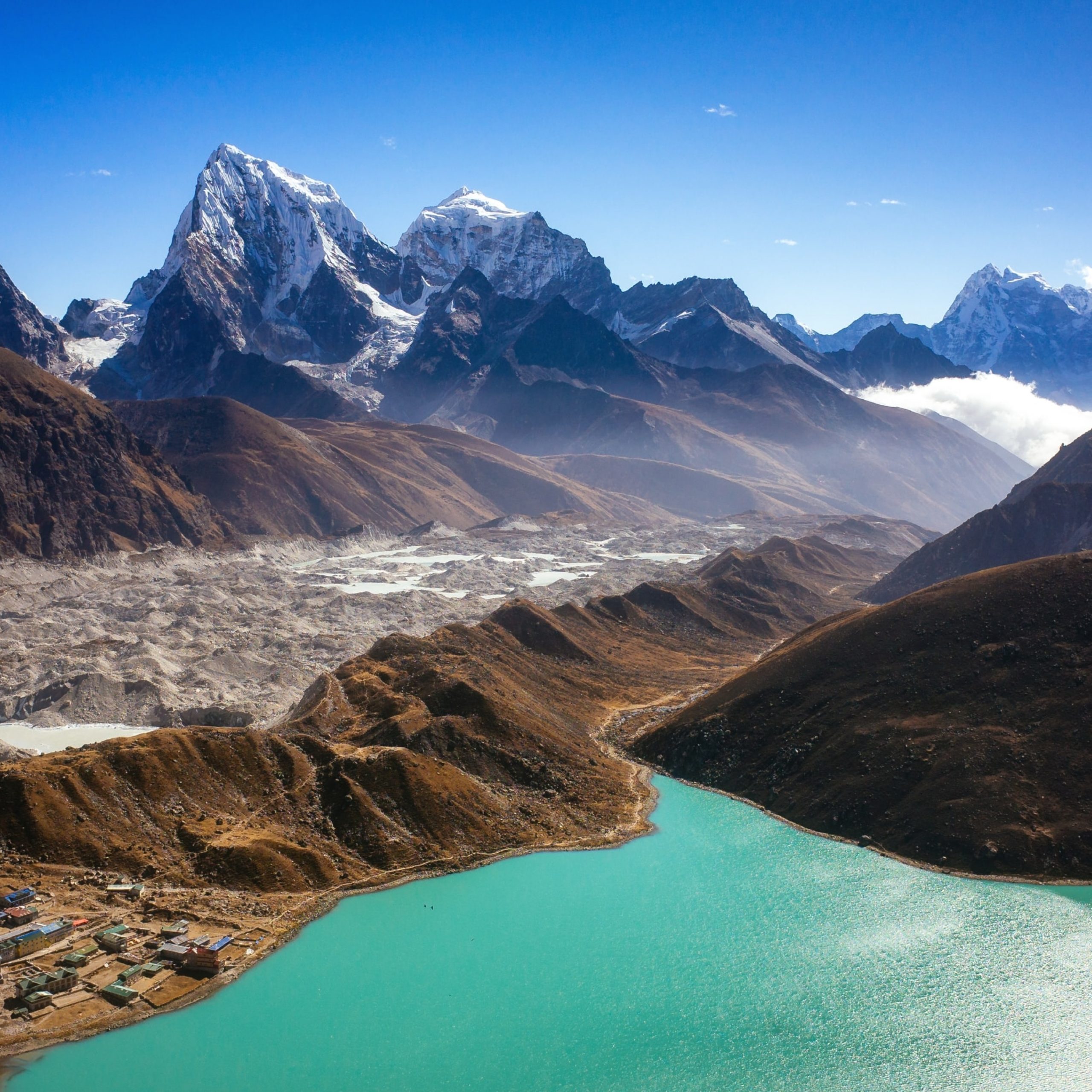
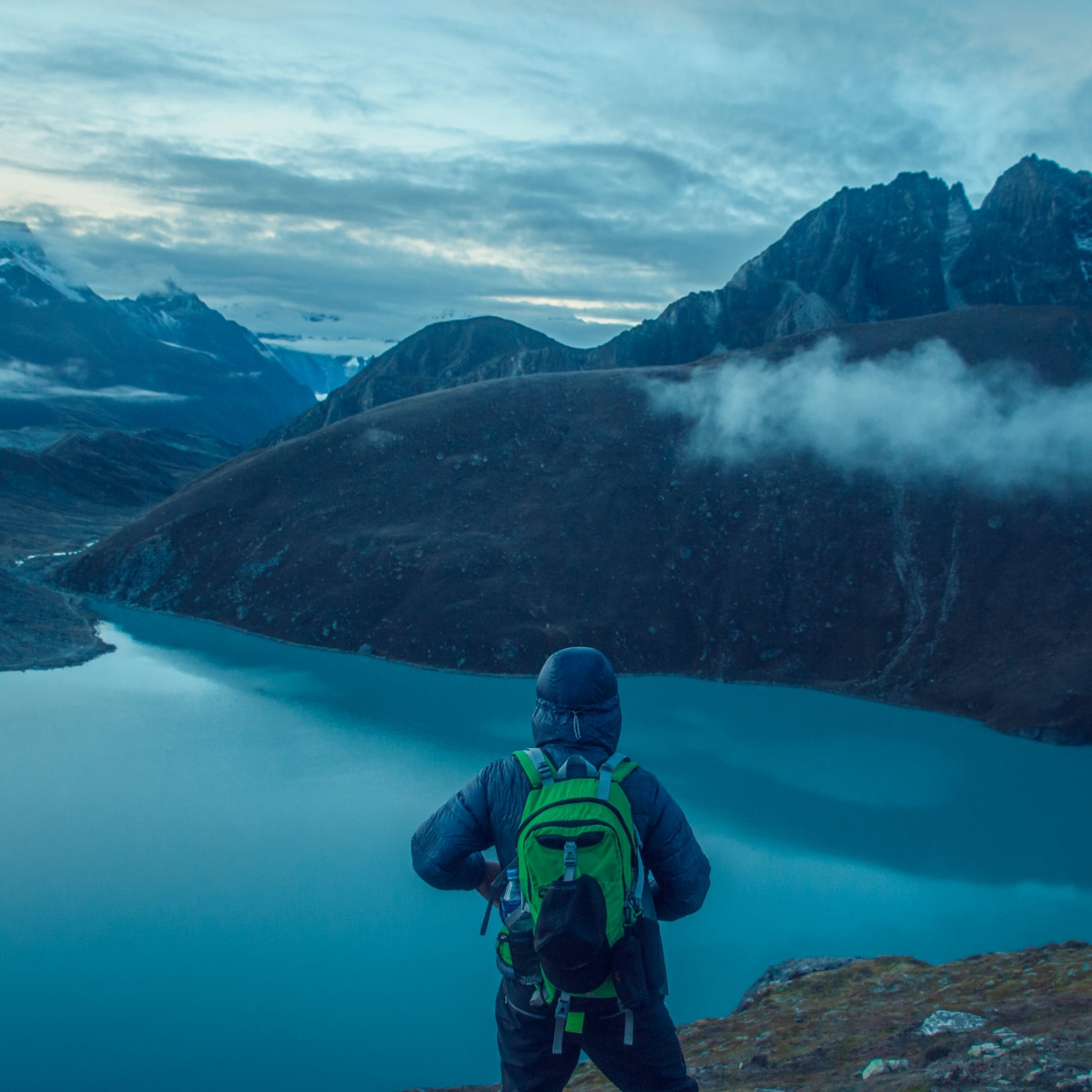

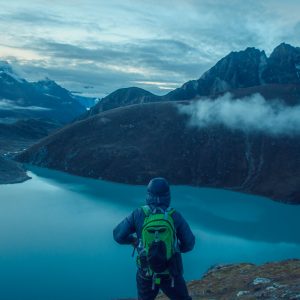
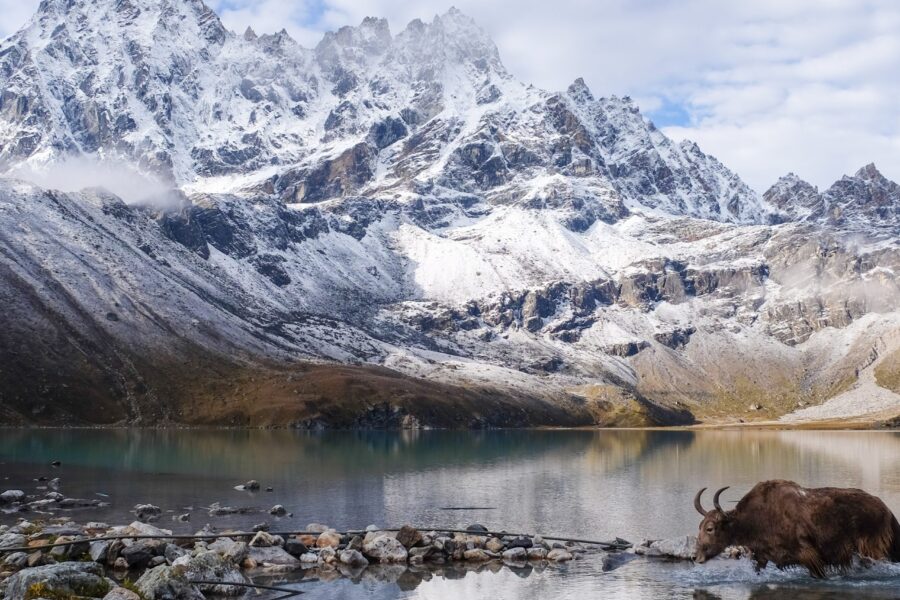

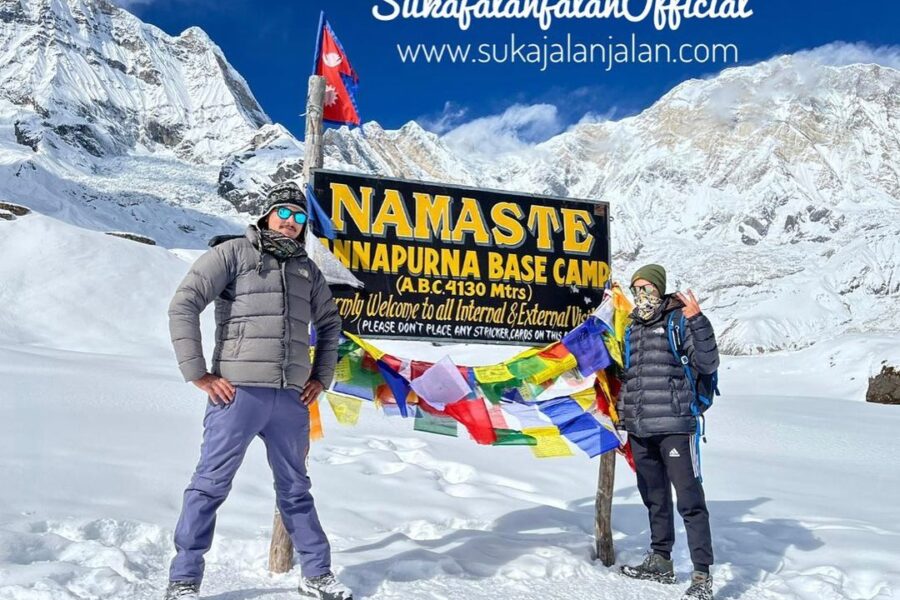
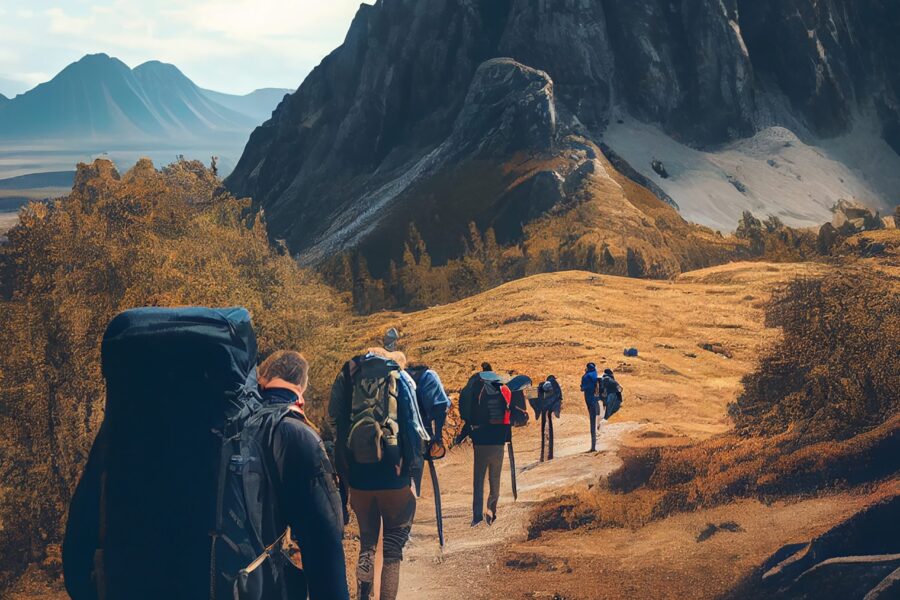
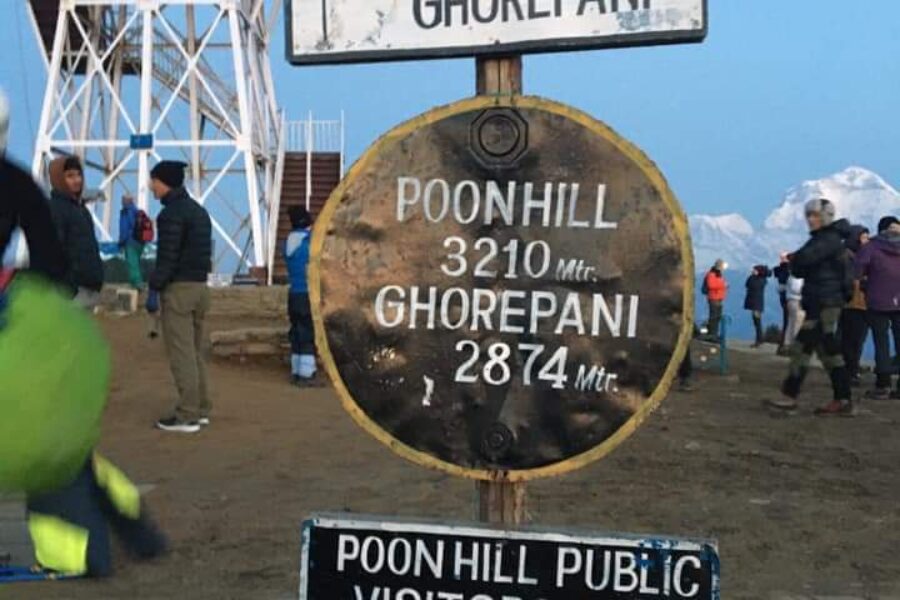
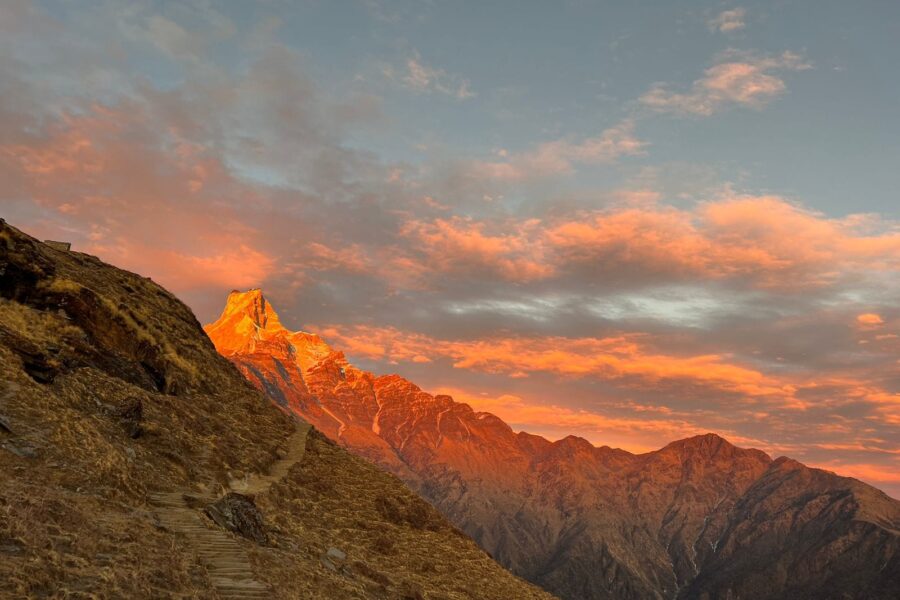
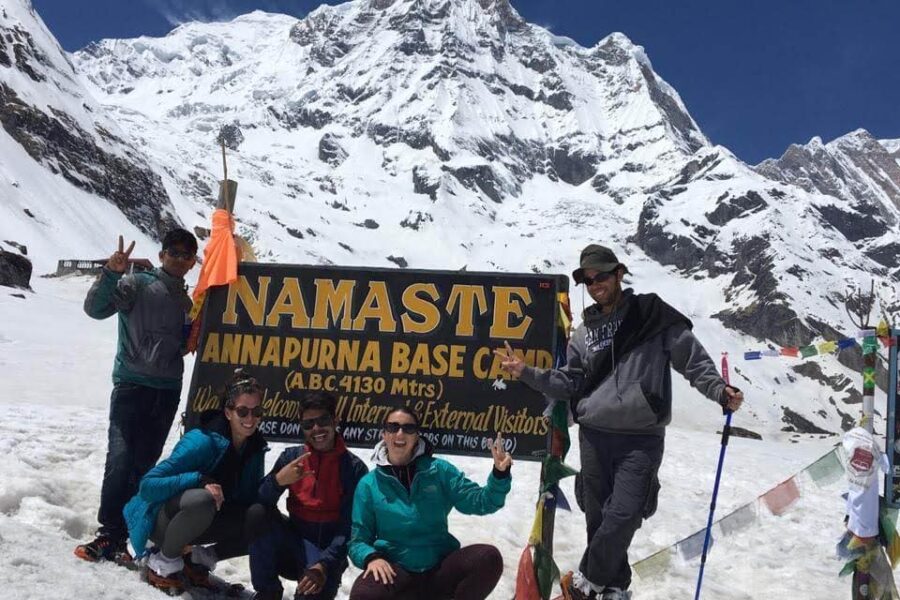
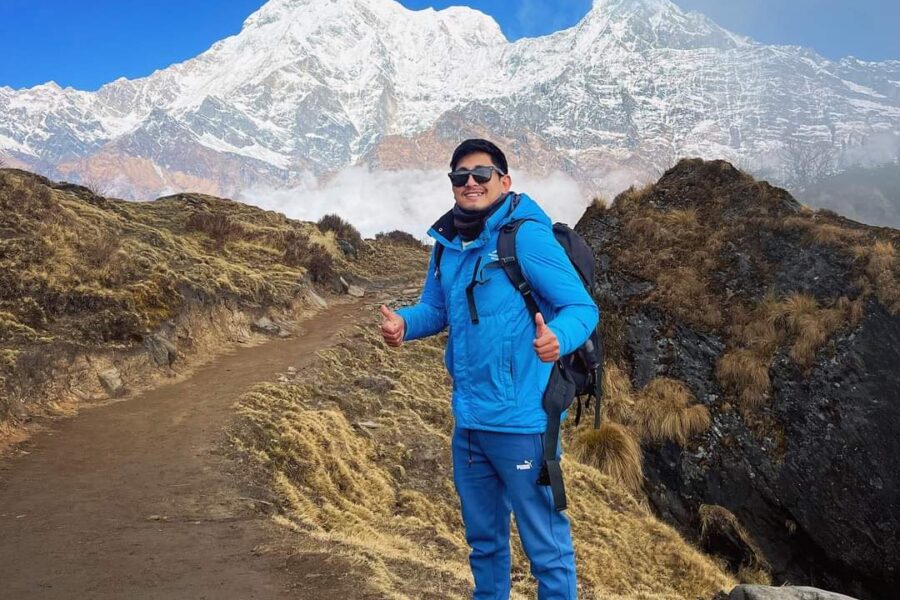
Leave a review